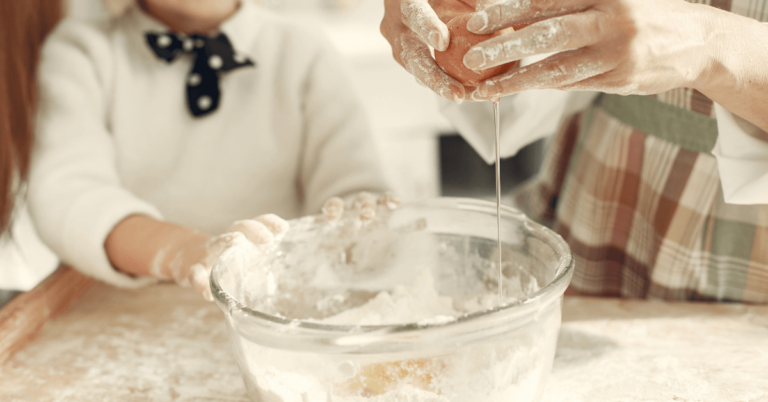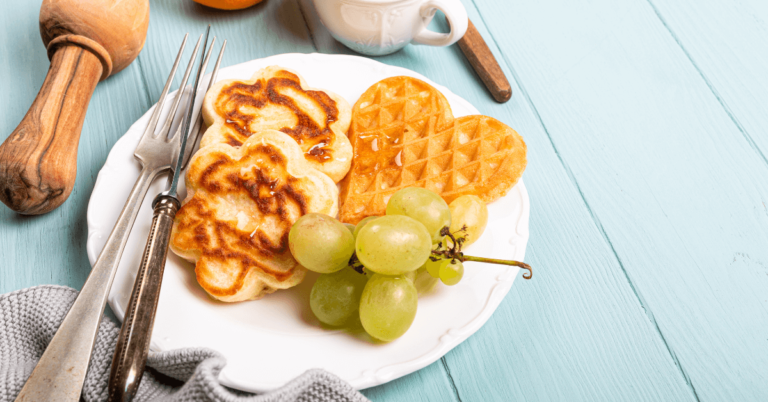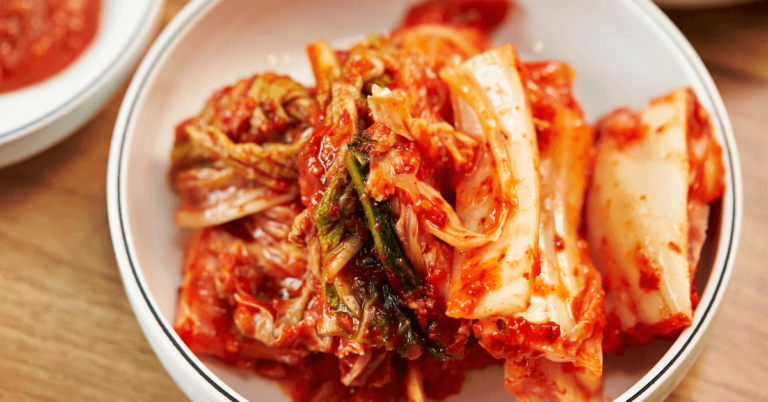Part 1: Introduction to Pumpkin vs Pumpkin Puree:
Welcome to Pumpkin vs Pumpkin Puree the delightful world of pumpkins and pumpkin puree! Let’s dive into what makes these two a staple in kitchens, especially when the leaves start to turn.
Overview of Pumpkin
Picture a bright orange pumpkin – it’s probably the first thing that comes to mind when you hear “pumpkin.” But did you know pumpkins come in all sorts of shapes and sizes? They’re not just for carving jack-o’-lanterns; they’re a crucial ingredient in many dishes, offering a wealth of nutritional benefits. Rich in vitamins and fiber, pumpkins are as healthy as they are tasty.
Overview of Pumpkin Puree
Pumpkin puree is the smooth, ready-to-use stuff you find in cans. It saves you the hassle of dealing with a whole pumpkin but still packs all the good stuff. It’s like having the essence of pumpkin at your fingertips, ready to add pizzazz to your recipes.
Importance in Culinary and Nutritional Context
Both whole pumpkins and their puree form are culinary champs. They bring a unique flavor and texture to both sweet and savory dishes. Nutrition-wise, they’re a big win, loaded with good-for-you elements. Whether you’re whipping up a family dinner or a special holiday treat, knowing your way around pumpkins and their puree can really up your kitchen game.
So, there you have it – a quick intro to the world of pumpkins and pumpkin puree. Stick around as we explore more about these kitchen favorites!
Part 2: Understanding Pumpkin
Let’s get to know pumpkins a bit better. These autumn favorites are more than just Halloween decorations; they’re a culinary treasure trove.
Types of Pumpkins for Cooking
Not all pumpkins are created equal, especially when it comes to cooking.
What is the best kind for your kitchen? Sugar pie pumpkins. They’re smaller, sweeter, and perfect for pies and purees. But don’t stop there; explore other varieties like Cinderella and Blue Hokkaido for a twist in flavor and color.
Nutritional Profile of Pumpkin
Pumpkins are not just about taste; they’re a powerhouse of nutrition. Packed with vitamin A and fiber, they’re great for your eyes and digestion. Plus, they’re low in calories, making them a fantastic choice for a healthy diet.
Culinary Uses of Whole Pumpkin
The beauty of a whole pumpkin lies in its versatility. Roast it to bring out its natural sweetness, turn it into a creamy soup, or bake it into a pie. The seeds? Don’t toss them! Roasted pumpkin seeds make a crunchy, nutritious snack.
In the next part, we’ll dive into the world of pumpkin puree and see how it compares to our whole pumpkin friend. Stay tuned for more pumpkin goodness!
Part 3: Exploring Pumpkin Puree
Now, let’s shift our focus to pumpkin puree, a convenient and versatile ingredient in many kitchens.
Process of Making Pumpkin Puree
Making pumpkin puree is simpler than you might think. It starts with baking or steaming the pumpkin until it’s soft. Then, it’s all about blending it to a smooth consistency. Homemade puree? It’s a game-changer in terms of flavor and texture.
Nutritional Comparison with Whole Pumpkin
Is pumpkin puree as nutritious as the whole pumpkin? Absolutely! The puree retains most of the vitamins, minerals, and fiber found in full pumpkins. It’s a nutrient-dense option that’s both convenient and healthy.
Culinary Applications of Pumpkin Puree
Pumpkin puree is a superstar in the kitchen. It’s the go-to ingredient for classic pumpkin pies, but its uses go far beyond that. Think pumpkin bread, pancakes, and even savory dishes like pumpkin risotto. The puree adds moisture and richness to any recipe, making it a favorite among home cooks and professional chefs alike.
In the next section, we’ll compare and contrast these two forms of pumpkin, highlighting their unique qualities and best uses in cooking. Stay tuned for an insightful look into the world of pumpkin and pumpkin puree!
Part 4: Differences and Similarities
Understanding the differences and similarities between whole pumpkin and pumpkin puree is
key to using them effectively in your cooking.
Texture and Consistency
The most noticeable difference lies in their texture and consistency. Whole pumpkin, when cooked, has a firmer, more fibrous texture, ideal for dishes where you want a bit of bite. Pumpkin puree, on the other hand, is smooth and creamy, perfect for when you need a uniform, moist texture in your recipes.
Flavor Profile
Both whole pumpkin and pumpkin puree share a similar, subtly sweet flavor profile. However, the puree often has a more concentrated pumpkin taste, making it ideal for recipes where you want that bold pumpkin flavor to shine through.
Cooking Adjustments and Recipe Variations
When substituting one for the other in recipes, a few adjustments are necessary. For instance, if you’re using whole pumpkin instead of puree, you might need to add extra liquid to achieve the desired consistency. On the flip side, using puree in place of whole pumpkin can mean reducing other liquid ingredients to maintain balance.
In the next part, we’ll delve into practical insights, offering tips on when to use each type of pumpkin and how to make the most of them in your cooking. Stay tuned for more pumpkin insights!
Part 5: Practical Insights
Let’s dive into some practical tips and insights for using pumpkin and pumpkin puree in your cooking.
When to Use Pumpkin vs. Pumpkin Puree in Recipes
Choosing between whole pumpkin and pumpkin puree depends on the recipe and the texture you’re aiming for. Use whole pumpkin for dishes where you want chunks or a firmer texture, like in stews or roasted vegetable medleys. Pumpkin puree is your best bet for smooth, creamy dishes like soups, pies, and baked goods.
Tips for Making Homemade Pumpkin Puree
Making your own pumpkin puree? It’s easier than you think! Start with a sugar pie pumpkin for the best flavor. Cut it in half, remove the seeds, and roast until tender. Once cooled, scoop out the flesh and blend until smooth. Homemade puree can elevate your dishes with a fresh, robust pumpkin flavor.
Shelf Life and Storage Recommendations
Fresh pumpkin, when stored properly in a cool, dark place, can last up to two months. Once cut, keep it in the fridge and use it within a week. Homemade pumpkin puree can be refrigerated for up to a week, or frozen for longer storage – it’s a great way to enjoy pumpkin flavor all year round!
In the next section, we’ll answer some frequently asked questions about pumpkins and pumpkin puree, helping you become a true pumpkin aficionado. Stay tuned for the FAQ section!
Part 6: FAQs Pumpkin vs Pumpkin Puree
Here are some commonly asked questions about pumpkins and pumpkin puree, providing you with quick, informative answers.
Is canned pumpkin the same as pumpkin puree?
Yes, canned pumpkin and pumpkin puree are essentially the same. Both are made from cooked, pureed pumpkin. However, some canned products might blend different types of squash for a consistent flavor and texture.
Can I substitute fresh pumpkin for pumpkin puree in recipes?
You can substitute fresh pumpkin for pumpkin puree in most recipes, but it requires extra steps. You’ll need to cook and puree the fresh pumpkin first. Keep in mind that the moisture content may vary, so you might need to adjust other liquid ingredients in your recipe.
What are the health benefits of pumpkin and pumpkin puree?
Pumpkins and pumpkin puree are packed with nutrients. They’re rich in vitamin A, which is great for your eyesight, and fiber, which aids digestion. They also contain vitamin C, potassium, and antioxidants, supporting overall health.
How does the taste of fresh pumpkin compare to pumpkin puree?
Fresh pumpkin has a more subtle and earthy flavor compared to pumpkin puree, which tends to have a concentrated, slightly sweeter pumpkin taste. The method of cooking fresh pumpkin can also influence its flavor profile.
In the conclusion, we’ll wrap up everything we’ve learned about pumpkins and pumpkin puree, giving you a final takeaway to inspire your culinary adventures with this versatile ingredient. Stay tuned for the wrap-up!
- In the section discussing the Culinary Uses of Whole Pumpkin, you can include a link to their recipe on Pumpkin Dump Cake. This would provide readers with a practical example of how to use whole pumpkin in baking. Suggested anchor text: “For an innovative way to use whole pumpkin in your baking, check out this delicious Pumpkin Dump Cake recipe.”
- When talking about the Nutritional Profile of Pumpkin, it would be beneficial to link to their guide on Healthy Ground Turkey Casserole Recipes. This can illustrate how pumpkin can be incorporated into healthy, nutritious meals. Suggested anchor text: “Explore how pumpkin can be part of a balanced diet with these Healthy Ground Turkey Casserole Recipes.”
- In the section about Tips for Making Homemade Pumpkin Puree, a link to their Crispy Air Fryer Breakfast Potatoes Guide can be included. This guide can offer readers additional insights into creative ways to use pumpkin puree in breakfast dishes. Suggested anchor text: “Discover more culinary inspirations, like using pumpkin puree in breakfast dishes, with this guide on Crispy Air Fryer Breakfast Potatoes.”







